Authors:
History:
 In 1930s,
In 1930s,
Example:
 A study of a lifespan was made by the University of Wisconsin in 1989 — 2014. It involved nonhuman primates (rhesus monkeys) and found that caloric restriction primates were only 36.4% as likely to die from
A study of a lifespan was made by the University of Wisconsin in 1989 — 2014. It involved nonhuman primates (rhesus monkeys) and found that caloric restriction primates were only 36.4% as likely to die from
Description:
Increasing evidence suggests that energy balance is central to both successful ageing and protection from metabolic disorders.
Energy restriction, also known as caloric restriction, is currently the only dietary intervention that is proven to increase longevity and delay the onset of
 Calorie restriction, or caloric restriction (CR), is a dietary regimen that is based on low calorie intake but without malnutrition. «Low» can be defined relative to the subject’s previous intake before intentionally restricting calories, or relative to an average person of similar body type.
Calorie restriction, or caloric restriction (CR), is a dietary regimen that is based on low calorie intake but without malnutrition. «Low» can be defined relative to the subject’s previous intake before intentionally restricting calories, or relative to an average person of similar body type.
Even though there has been research on CR for over 70 years, the mechanism by which CR works is still not well understood. Some explanations include reduced core body temperature, reduced cellular divisions, lower metabolic rates, reduced production of free radicals, reduced DNA damage and hormesis.
Additions and Criticism:
 It should be noted that
It should be noted that
Publications:
- Spindler, Stephen R., Joseph M. Dhahbi, and Patricia L. Mote. «Protein turnover, energy metabolism, aging, and caloric restriction." Advances in cell aging and gerontology 14 (2003): 69–86.
- Ungvari, Zoltan, et al. «Mechanisms Underlying Caloric Restriction and Lifespan Regulation Implications for Vascular Aging." Circulation research 102.5 (2008): 519–528.
- Mattison, Julie A., et al. «Impact of caloric restriction on health and survival in rhesus monkeys from the NIA study." Nature (2012).
- Willcox, Bradley J., et al. «Caloric restriction, the traditional Okinawan diet, and healthy aging." Annals of the New York Academy of Sciences 1114.1 (2007): 434–455.
 The ancient philosophers did not want to put up with aging and death. And the ancient alchemists strived to create an elixir of immortality. People were looking for aids to make life longer, or at least to provide healthy aging. At first they used herbs and roots; and with the progress of Molecular Biology and Biotechnology, the scientists tended to fight aging at a molecular level. Therefore, up to date, it were discovered and studied more than 40 chemical geroprotectors.
The ancient philosophers did not want to put up with aging and death. And the ancient alchemists strived to create an elixir of immortality. People were looking for aids to make life longer, or at least to provide healthy aging. At first they used herbs and roots; and with the progress of Molecular Biology and Biotechnology, the scientists tended to fight aging at a molecular level. Therefore, up to date, it were discovered and studied more than 40 chemical geroprotectors.
 improve the survival rate of cancer patients, and also reduce the risk of breast cancer in patients with type 2 diabetes.
improve the survival rate of cancer patients, and also reduce the risk of breast cancer in patients with type 2 diabetes.

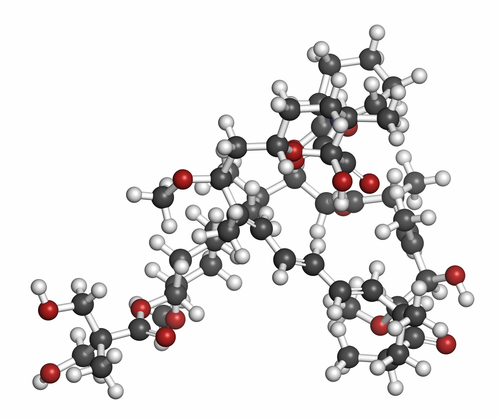
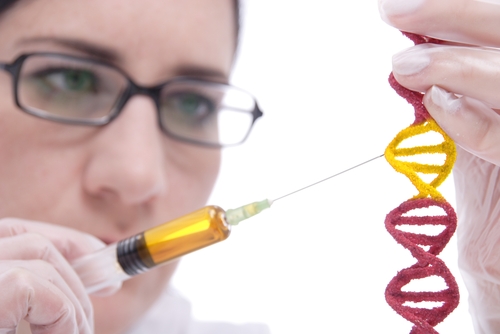 History:
History: 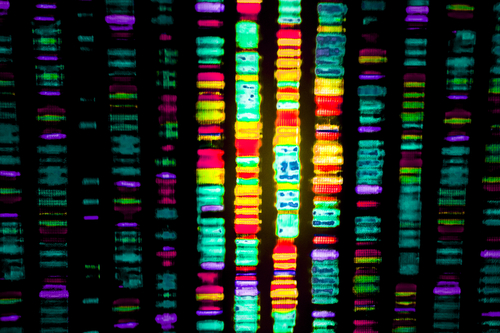
 Gene therapy is still in its infancy. It has the potential to become an important treatment regimen by countering genetic diseases with short life expectancy such as cystic fibrosis. This technology allows to eliminate diseased genes or rescue their normal functions. Furthermore, the transfer procedure of genetic materials allows the addition of new functions to cells such as the production of immune system mediator proteins.
Gene therapy is still in its infancy. It has the potential to become an important treatment regimen by countering genetic diseases with short life expectancy such as cystic fibrosis. This technology allows to eliminate diseased genes or rescue their normal functions. Furthermore, the transfer procedure of genetic materials allows the addition of new functions to cells such as the production of immune system mediator proteins.
 The human embryonic stem cells could be genetically manipulated to introduce the therapeutic gene. This gene may either be active or awaiting later activation once the modified embryonic stem cell has differentiated into the desired cell type.
The human embryonic stem cells could be genetically manipulated to introduce the therapeutic gene. This gene may either be active or awaiting later activation once the modified embryonic stem cell has differentiated into the desired cell type.
 This process utilized a modified spotting system for the deposition of cells into organized 3D matrices placed on a substrate.
This process utilized a modified spotting system for the deposition of cells into organized 3D matrices placed on a substrate. More complex organs are undergoing research; these organs include the heart, pancreas, and kidneys. Estimates for when such organs can be introduced as a viable medical treatment vary.
More complex organs are undergoing research; these organs include the heart, pancreas, and kidneys. Estimates for when such organs can be introduced as a viable medical treatment vary.
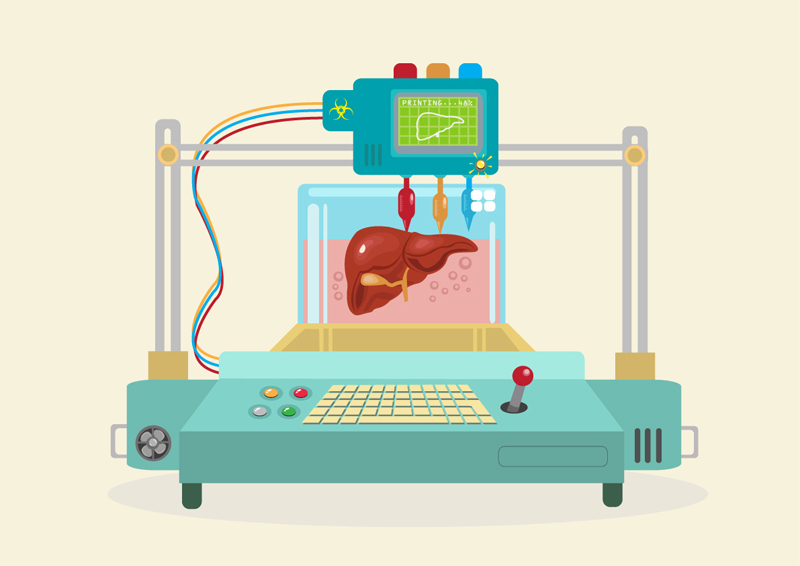 3D printing allows for the
3D printing allows for the 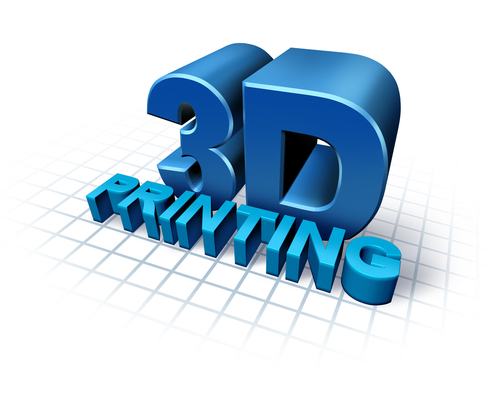 Compared with
Compared with